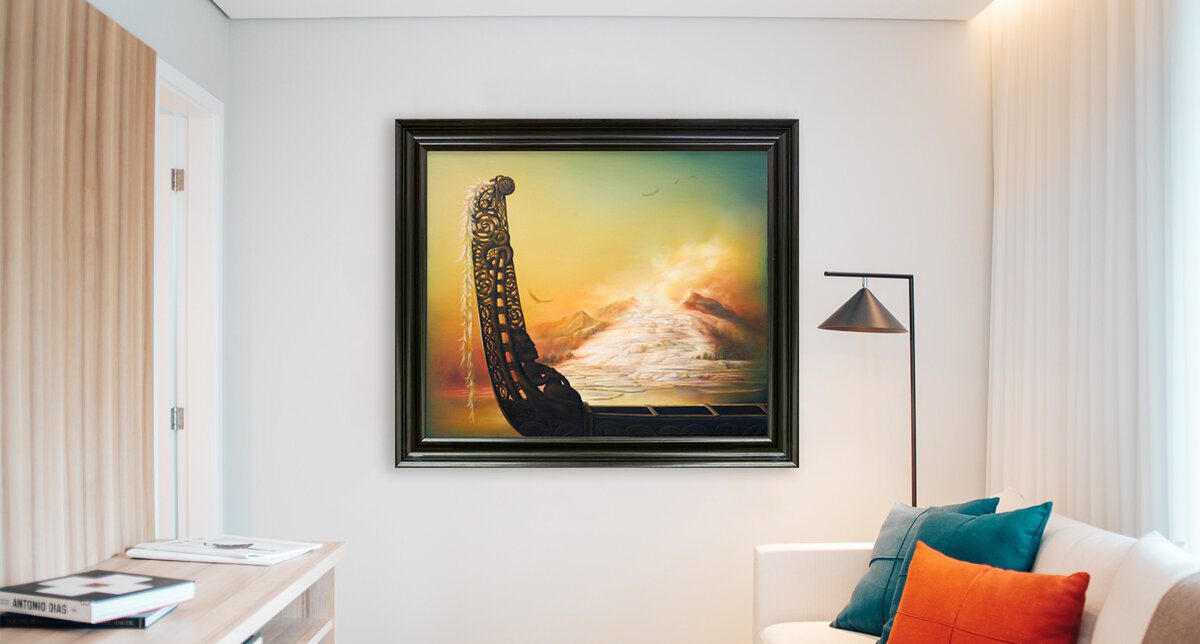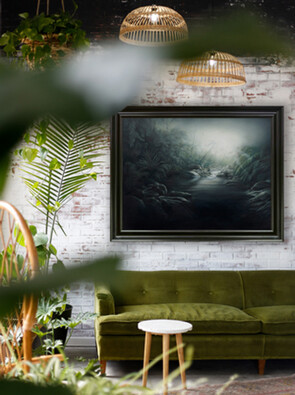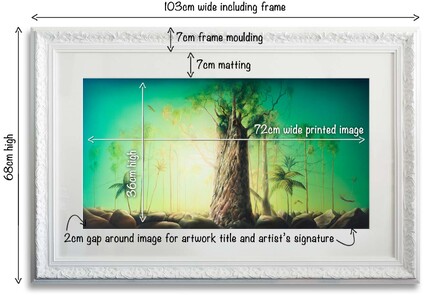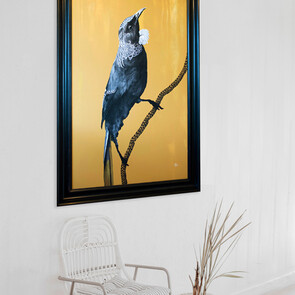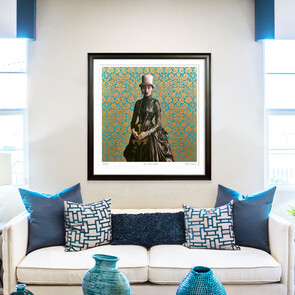Home > Shop > Care and Framing
Looking after your new artwork
What quality are the prints and canvases?
Prints and canvases are created by capturing the original painting as a super high-resolution digital image. They are then specially printed using lightfast pigments.
Archival paper prints are printed on museum quality, acid-free paper with advanced inkjet technology. Our museum canvases are printed on premium art canvas with a clear protective coating, meaning there is no need for glass to cover the image.
These prints and canvases are superior in beauty, quality and durability, lasting up to 100+ years before any colour change is apparent to the human eye.
Every artwork is titled, numbered with its unique edition number, dated with the year of printing and signed.
How to handle art with care
Museum archival paper print
- How to handle it: Your print will arrive rolled in a protective tube. It is recommended that any handling and especially back-rolling to remove curl is only undertaken by an expert framer or someone with experience in working with paper.
- How to clean it: Extra care should be taken to not get any dust or moisture on the print. Removal of dust from the surface should be managed with an air source or very soft brush, not by using a cloth or hand.
- How to protect it: Glass should cover the print as the paper is vulnerable to water damage. Don't hang your print on a wall that receives direct sun. If displaying your print behind standard framing glass in standard lighting conditions (not in direct sunlight), your artwork is estimated to show no noticeable fading for at least 80 years. If UV museum glass is used this time is suggested to exceed 200 years.
Canvas art
- How to handle it: The rule of thumb when it comes to handling any artwork is to never touch it – always handle your canvas by the border or frame. We recommend try not unroll it at your house beforehand and taking it straight to a framer near you. This is because unrolling the canvas on the floor at home can attract a whole lot of dust and bits and pieces onto the front and back of the print, which you will unintentionally roll up again and press into the fabric.
- How to clean: Regularly checking for and removing dust is important to avoid damage and protect canvas prints. But when doing so, never use your hand. Rather, use a soft cloth or a soft dry brush to lightly remove the dust from the print and frame.
- How to protect it: Every piece of canvas art comes with a clear protective coating, meaning you do not need to cover it with glass. You should make sure to avoid direct sunlight and keep it away from areas of high humidity.
Framing your artwork
How do I frame my print?
Archival paper prints
When you receive the print it will be unframed so you can frame it how you wish. This diagram shows suggested measurements for framing only.
The artist's personal recommendation is that you ask your framer to surround the image with a generous 7 - 13cm cardboard matting of any colour that highlights the image, white is usually a good bet.
Glass should cover the print as the paper is vulnerable to water, dust and hand oils damage.
Normal glass or non-reflective glass are both fine. Ideally don't hang your print on a wall that receives direct sun.
Museum Canvas art
Canvas art pieces come with a generous white border surrounding the image, which a professional framer will use to stretch over a wooden stretcher frame. They also have a clear protective coating so there’s no need for glass covering the image.
Here's your steps to framing your new canvas print:
1. Take your new canvas to your local framer. Ask us or see our tips and advice for choosing the right framer. And if you'd like a referral to a framer check out our recommended framing partners list.
2. Ask to have it stretched over a wooden stretcher frame.
3. You can then decide if you want a decorative frame. Sofia's Artist Select Frame for canvas art prints, as seen across the website is moulding Larson Juhl 593931, 72mm wide.
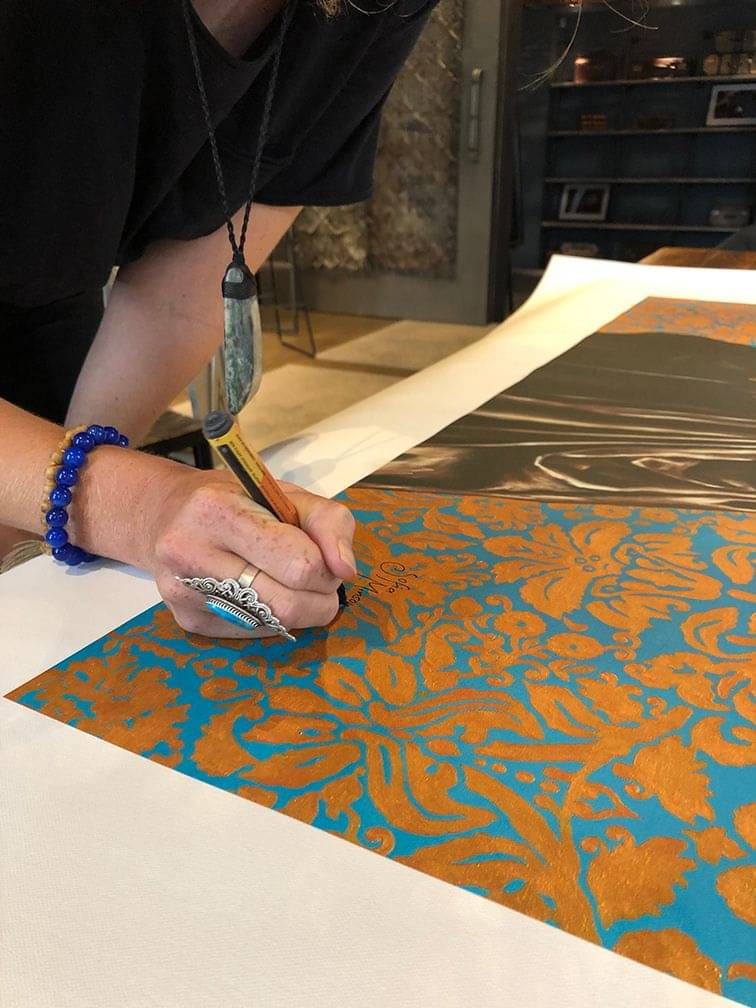
Where should I hang my artwork?
It’s best to hang your artwork on a wall that doesn’t receive direct sunlight. Even though prints and paintings are created using lightfast materials, you will be able to get many generations worth of enjoyment from your art pieces if they are displayed wisely.
How much does art framing cost?
A good starting point for framing is around $1,000NZD. Cost varies depending on:
- Your choice of moulding (the outside decorative frame)
- The size of cardboard matting
- The type of glass ‒ standard, non-reflective or museum UV protective glass
Directory of framers
We recommend making an appointment with your chosen local framer. If you'd like a referral to a framer visit our directory of framing partners.
